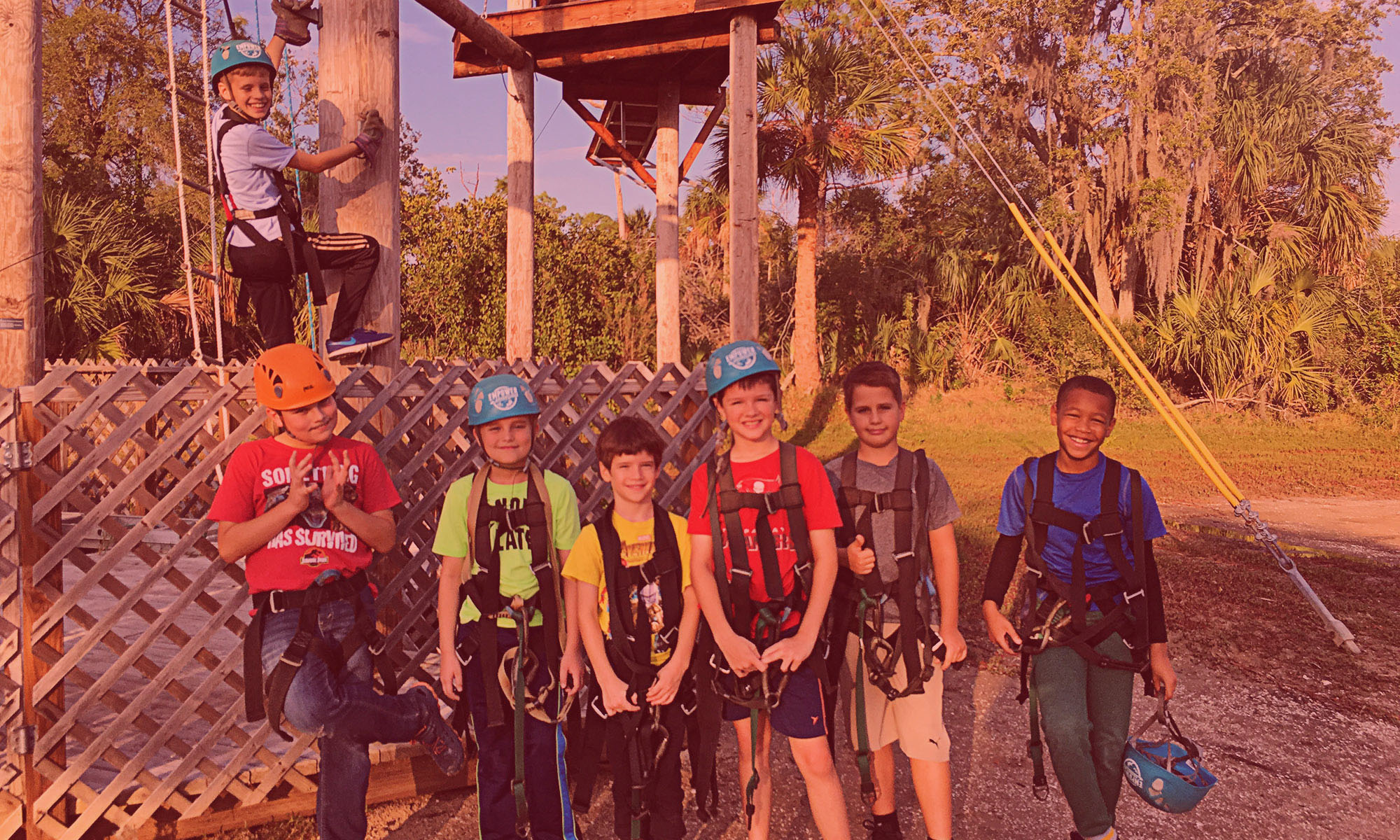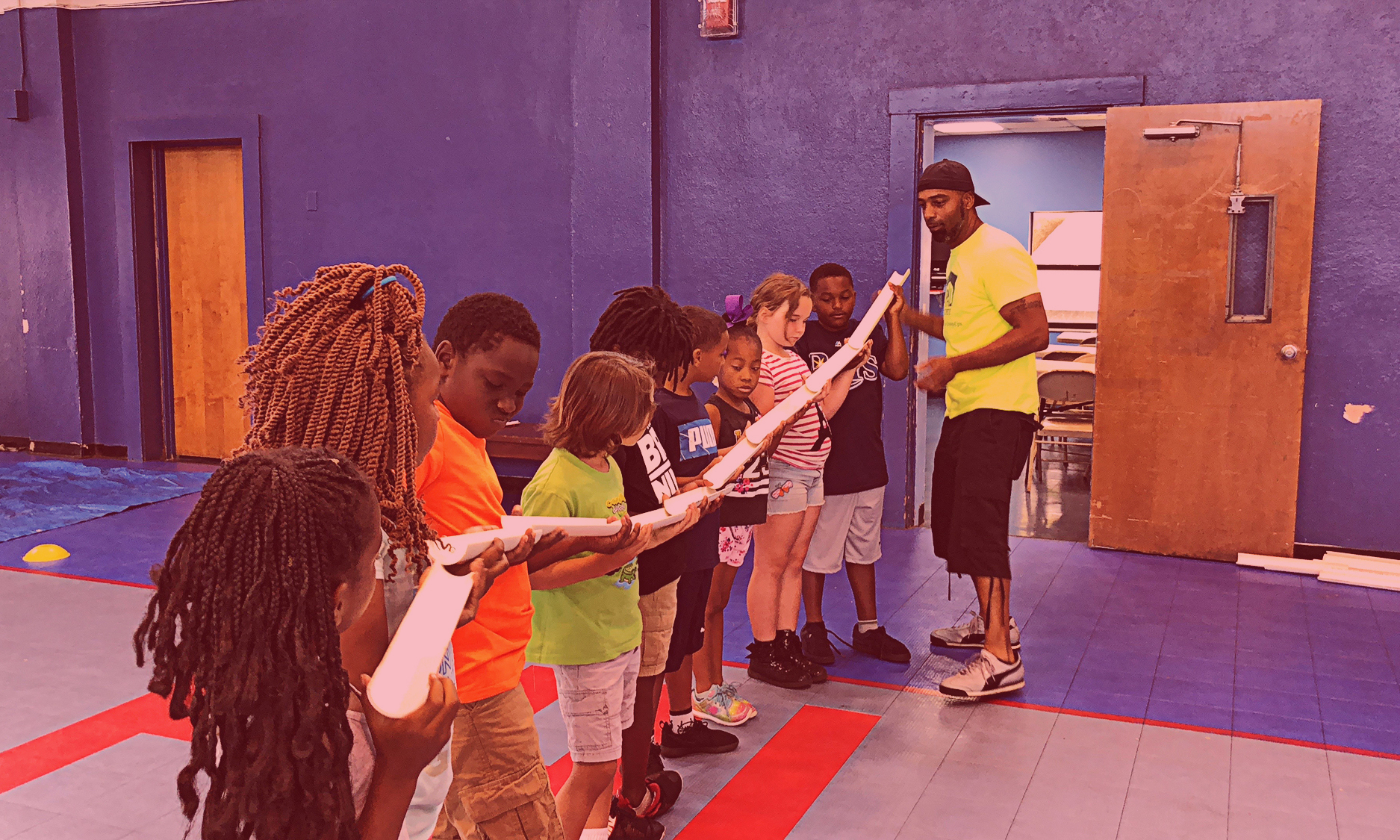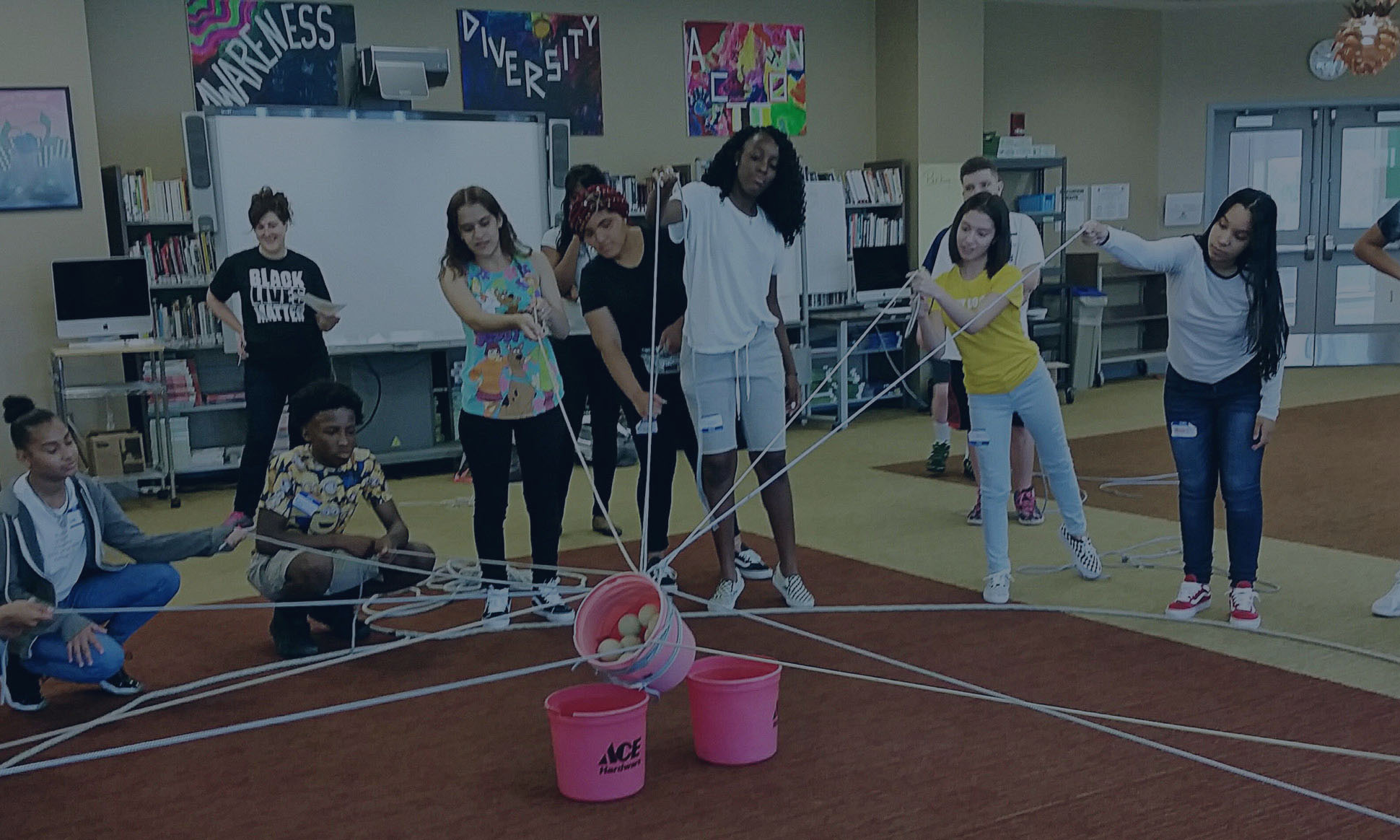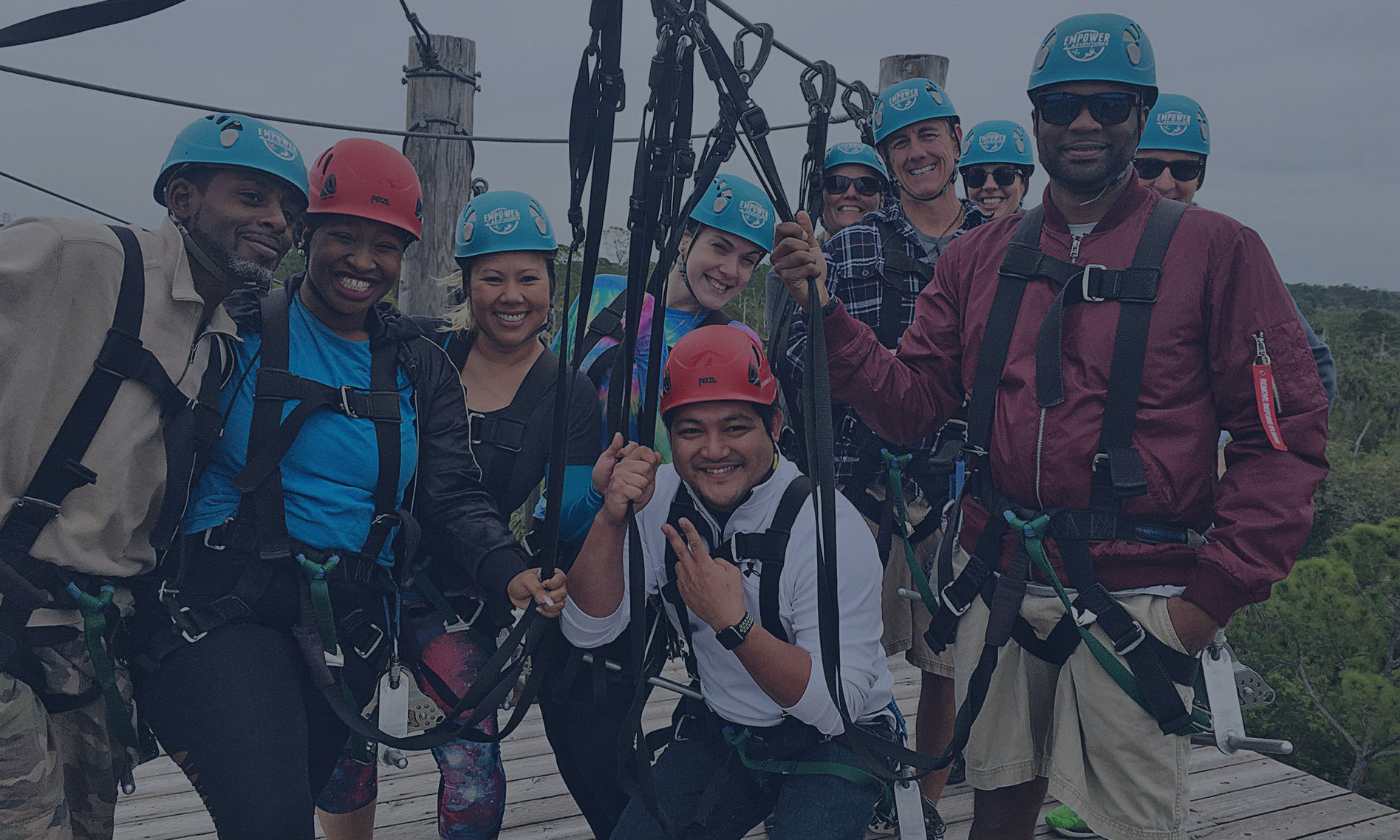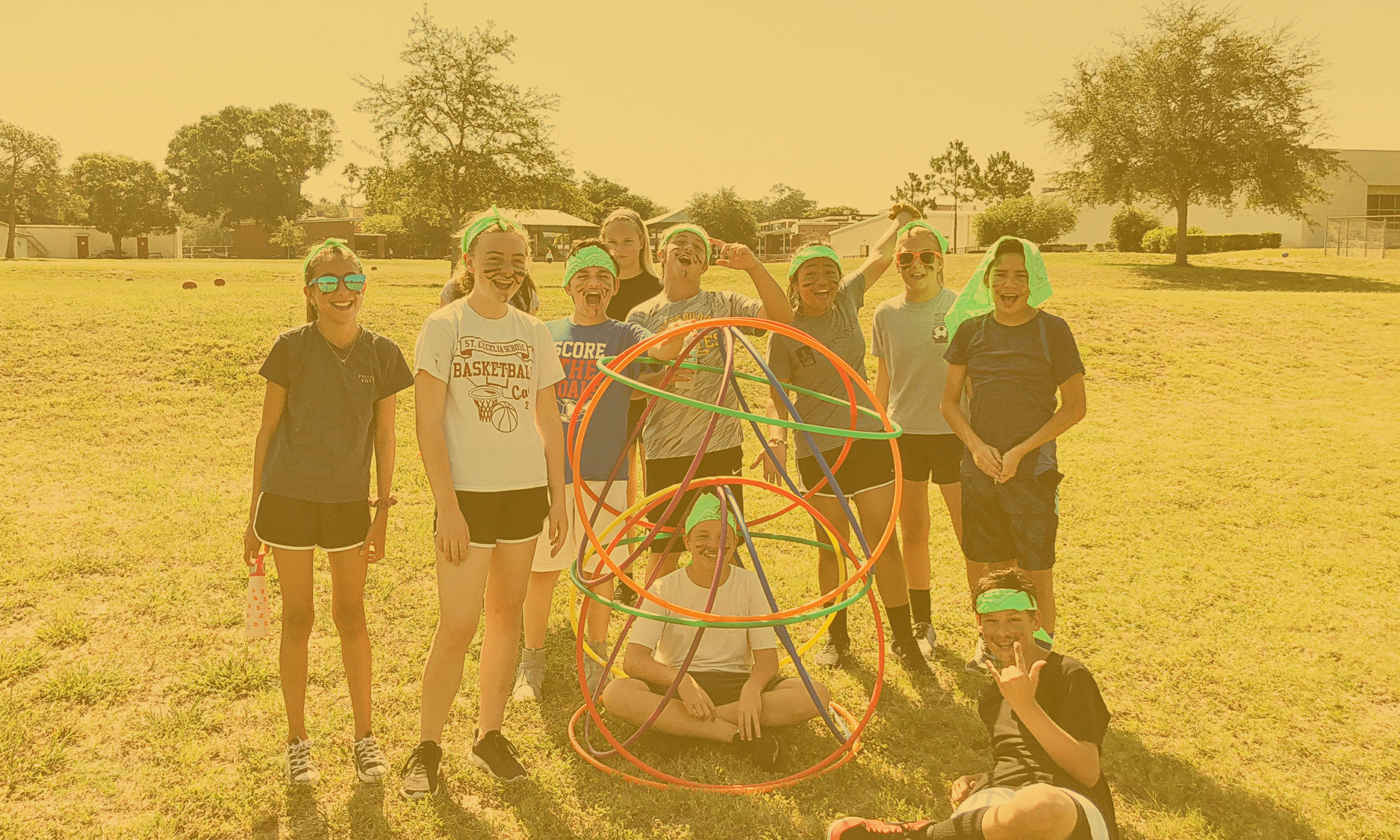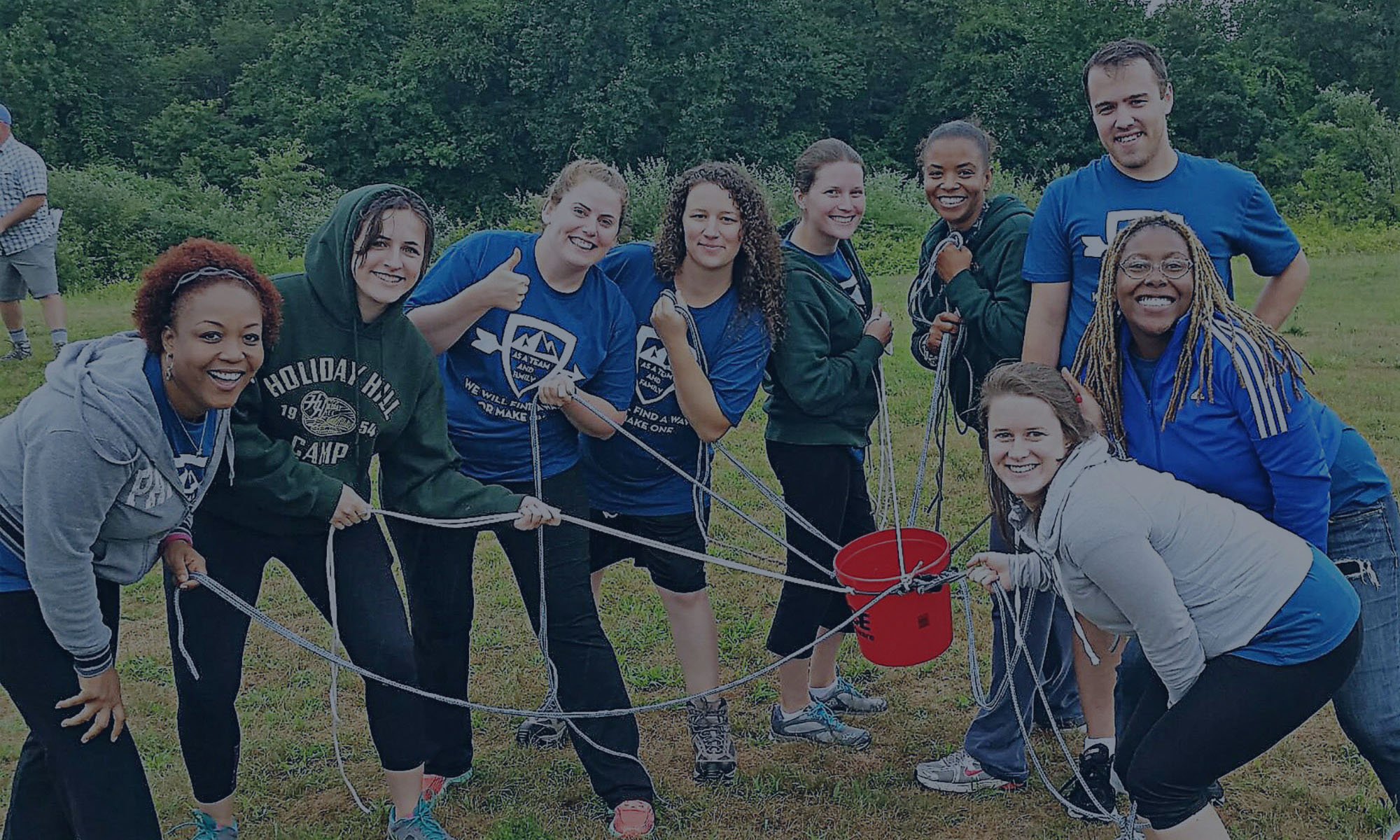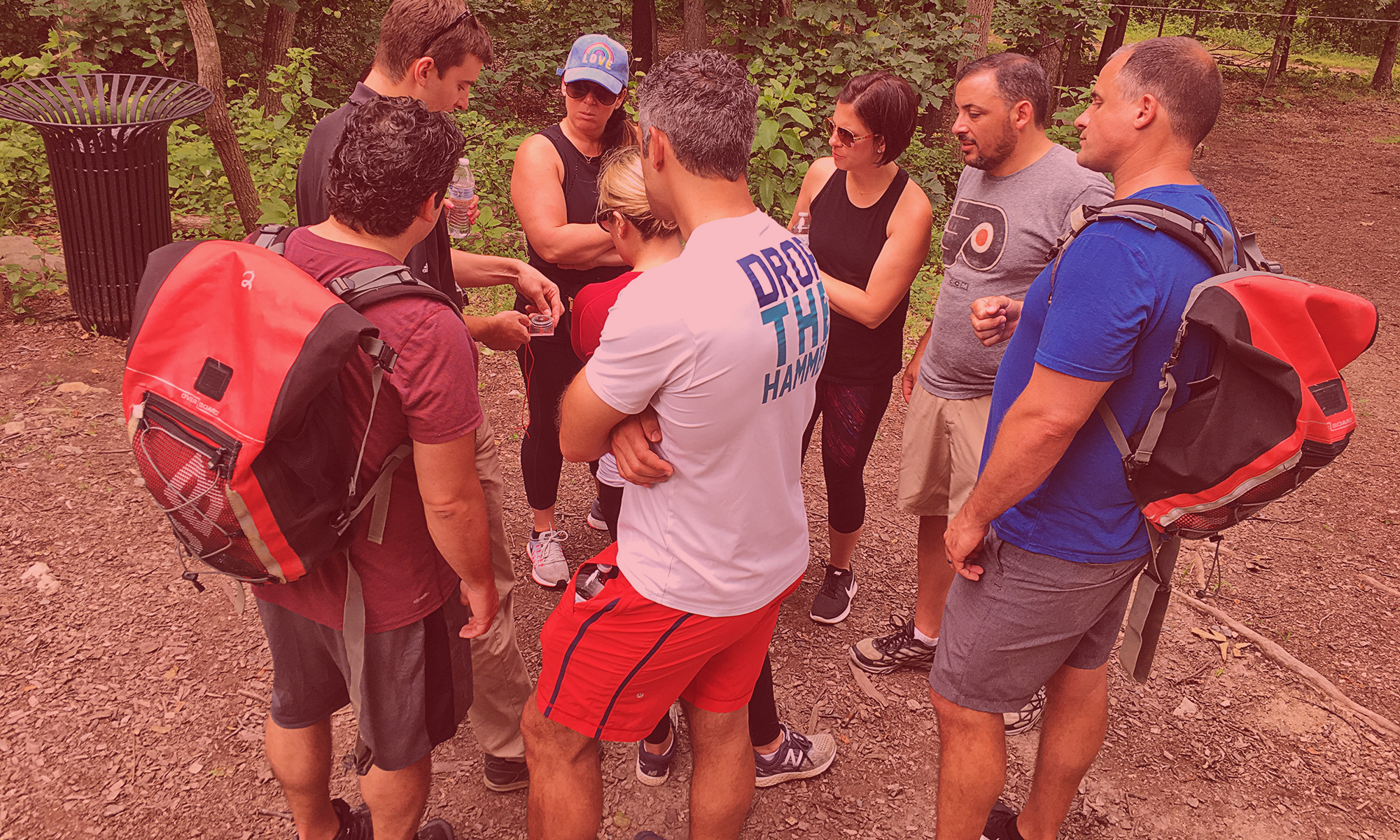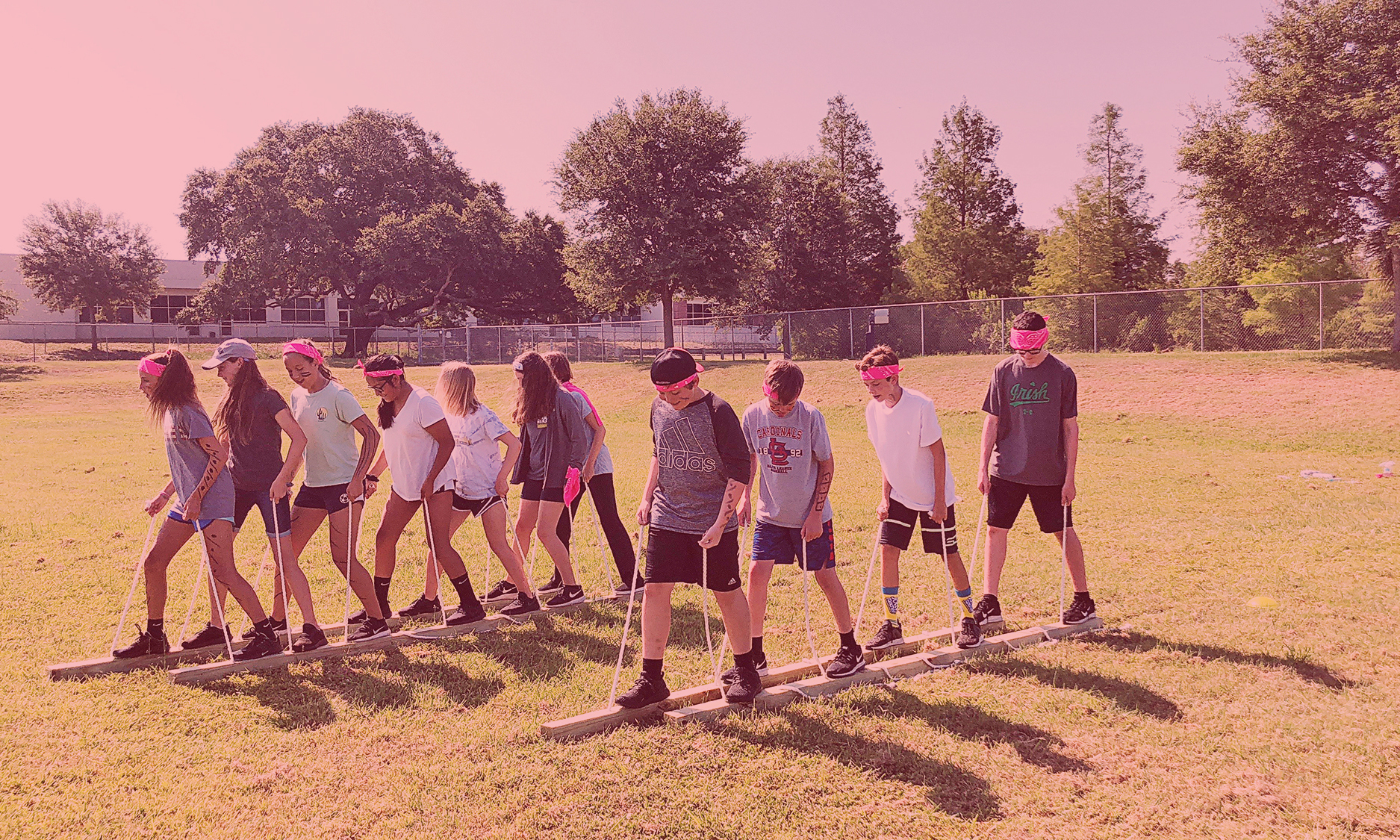Study Shows Bullying Combated Through Leadership Development
Intervention of peers may prove to be highly effective in fighting bullying amongst children. The inner strength and confidence gained through leadership programs create strong children who are ready to stand up to bullies; Empower Leadership helps mold those children with the proper confidence.
Bullying is a social epidemic that affects many in the American culture—and especially the young. According to one large study, around 49% of children grades 4–12 experienced bullying by other students at least once during the previous month. The same study indicates that 30.8% of children reported bullying others within the past month. In a study published in School Psychology Review, middle school students reported being bullied in various ways, including name calling, teasing, spreading rumors or lies, pushing or shoving, slapping, leaving out, threatening, stealing belongings, sexual comments or gestures, and via e-mail or blogging.1
Bullying may have far-reaching negative effects on a victim’s life and health. Although most children who are bullied do not become suicidal, persistent bullying can lead to or worsen feelings of isolation, rejection, exclusion and despair, as well as depression and anxiety.1
As awareness of bullying increases, parents and educators are looking for ways to combat the epidemic. Unfortunately, only about 20–30% of students who are bullied notify adults, which make efforts to curtail bullying challenging.1 According to leadership development expert Joe DeRing, founder of Empower Leadership and Empower Adventures, teaching leadership skills may bring about brave and confident children who are more likely to intervene when one of their peers is bullied.
“When children are taught leadership skills, they develop the inner strength and courage needed to stand up to bullies,” DeRing said. “Proper leadership development also includes guidance on empathy and judging right from wrong.”
The positive qualities associated with a good leader, such as respect for others, bravery and high self-esteem, may combine to bring about a child who is unafraid to stand up for themselves and others when being bullied. According to a study on peer intervention, 57% of all bullying stops within 10 seconds when a peer intervenes and stands up to the bully.
To encourage peer intervention, children should be taught to identify when another child is being bullied, and how to respond. Some key indicators which show that a student is being bullied include frequent truancy or tardiness, avoidance of changing rooms or bathrooms, being subject to name calling, being subject to rumors, being left out of activities, spending recesses or lunch breaks alone, and being subject to hurtful phone texts or Facebook posts.2
Children should be encouraged that once they become aware of someone being bullied, they should be kind to the victim and speak with a parent, teacher or another trustworthy adult to let them know what’s happening. Children can also help a victim of bullying feel better by trying to include them in activities, or simply spending time with them so they know they’re not alone. Finally, being a leader and standing up to the bully will let the bully know that their behavior is not acceptable.3
“Leadership is the best way to prevent bullying,” DeRing added. “Learning leadership skills through real experiences that test courage, such as zip lining and survival courses, will help children develop the mentality needed to stop bullying.”
1. “Facts About Bullying.” StopBullying.gov. Department of Health and Human Services, 13 Sept. 2013. Web. 03 Aug. 2017.
2. “How to Help Someone Being Bullied.” Bullying UK. Family Lives, n.d. Web. 03 Aug. 2017.
3. “What Kids Can Do.” StopBullying.gov. Department of Health and Human Services, 09 Mar. 2012. Web. 03 Aug. 2017.



